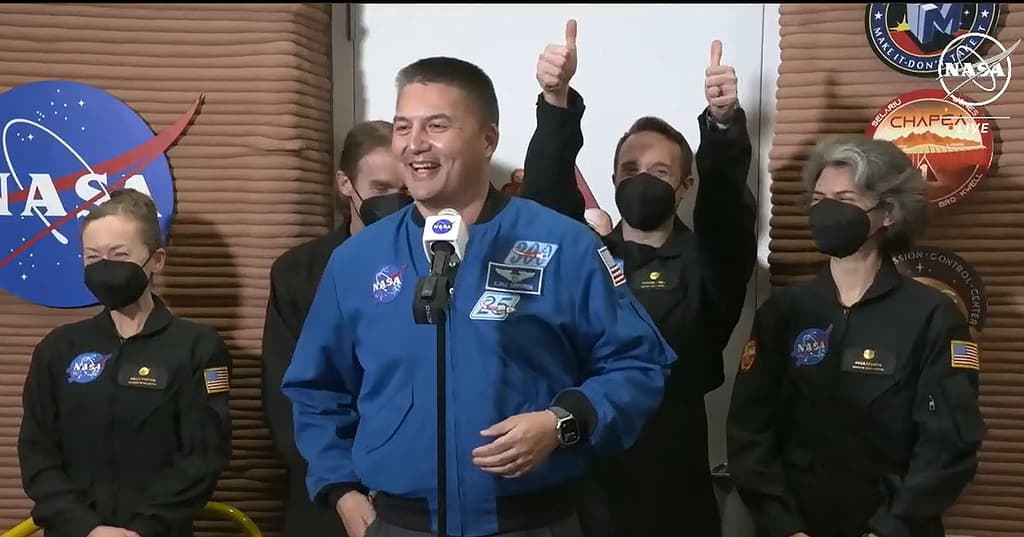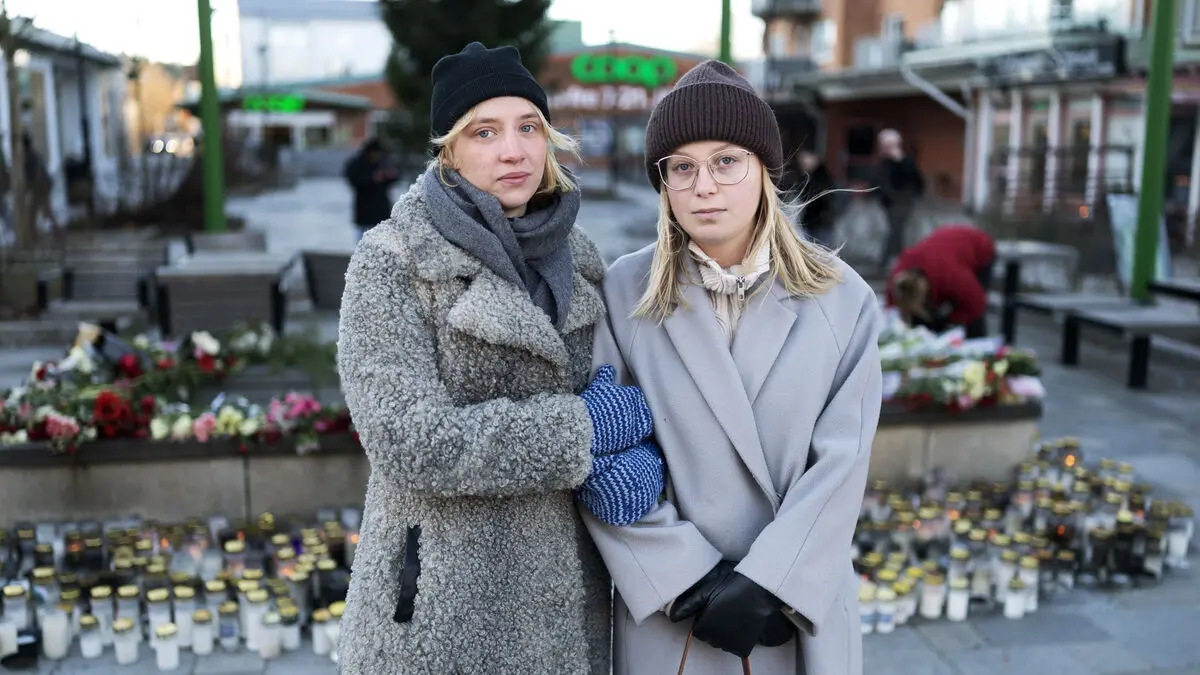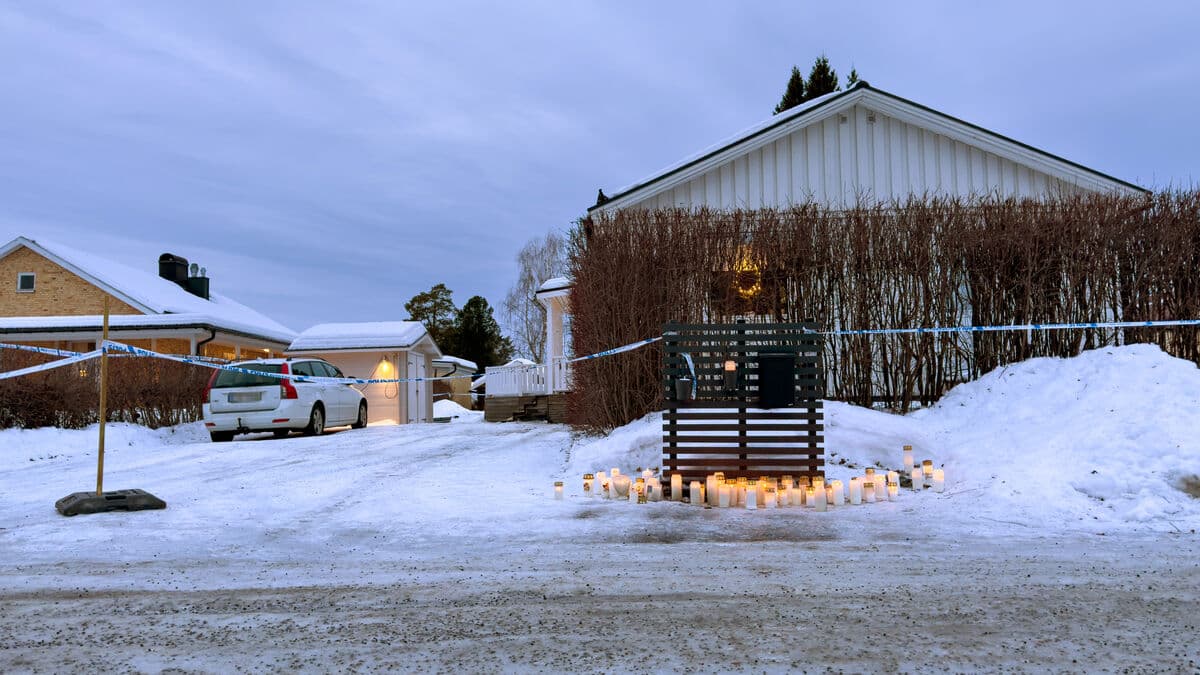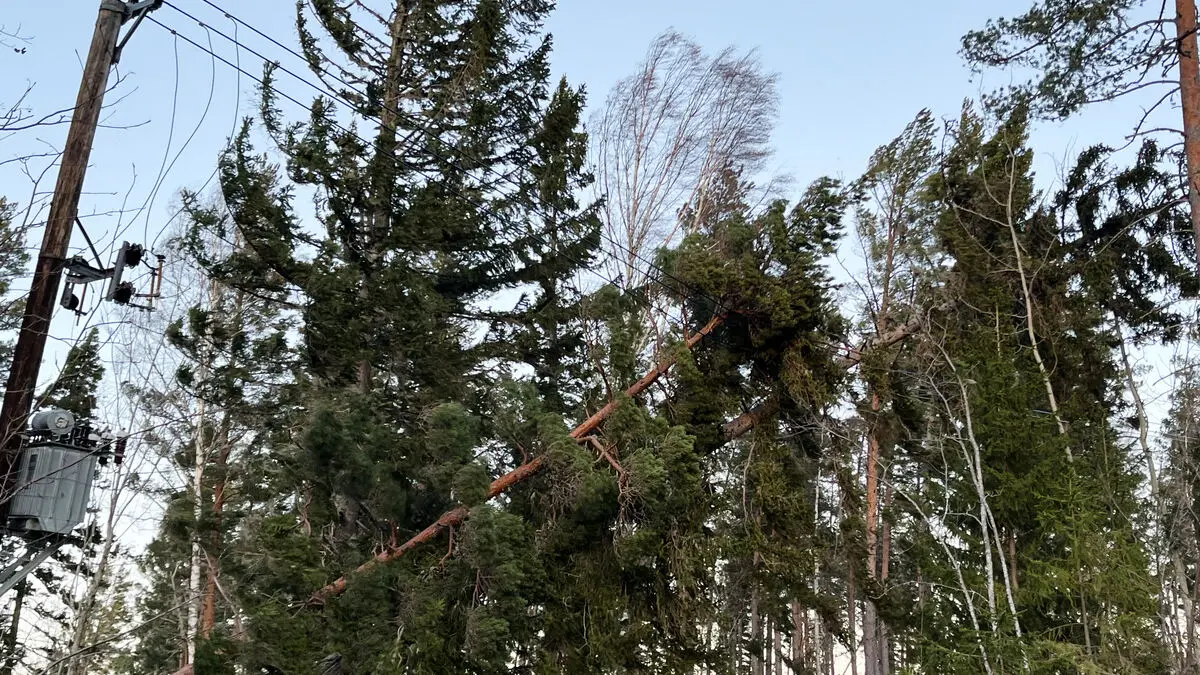After 378 days in a 3D-printed bunker, four NASA volunteers have been released into freedom.
In the bunker, they lived isolated on Mars – but in Texas – to pave the way for future manned expeditions.
Kelly Haston, Anca Selariu, Ross Brockwell, and Nathan Jones have lived for over a year on the red planet – pretend. In reality, they have been in a simulated base of almost 170 square meters at the Johnson Space Center outside Houston, Texas, reports Sky News.
During this time, they have simulated space missions and Mars walks, grown and eaten their own vegetables, and taken care of their equipment – under realistic Mars conditions. This meant isolation, limited resources, and communication delays with Earth.
But it doesn't seem to have taken a toll on the four volunteers, who were selected from around 4,000 applicants. At a press conference after being released from the bunker, they were all smiles.
Bringing life to Mars is the thought I hold dearest, said Anca Selariu, according to Sky News.
In October, Kelly Haston said in a recorded audio message that she was doing well – but missed chips and red wine.
Through the experiment, which began on June 25 last year, NASA wanted to investigate how people cope with isolation and other psychological stress factors that can arise during long periods in confined spaces. This is a step in the American space agency's hope for a manned expedition with astronauts to Mars by the end of the 2030s.
Mars is the outermost of the Earth-like planets in our solar system and is also called the red planet. The planet's radius is about half of Earth's, and its mass is one-tenth.
The American space agency NASA wants to put humans back on the moon through its Artemis program. They want to draw lessons from both the moon and ground-based experiments, such as the simulation Chapea (Crew Health and Performance Exploration Analog), to be able to send astronauts to Mars in the future.





